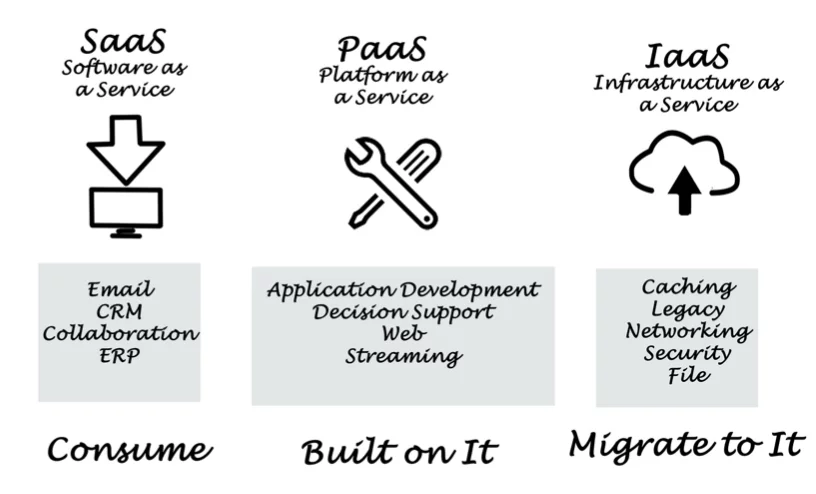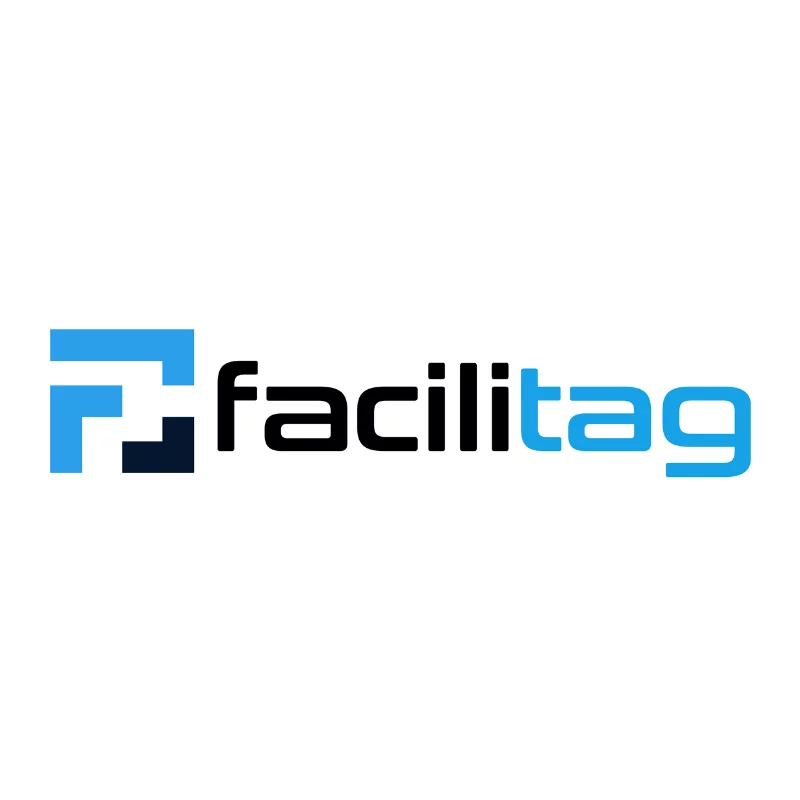Everyone is speaking about “SaaS” nowadays. Indeed, Software as a Service is a super convenient way to access software from anywhere with just an internet connection! No more on-premises installations or maintenance needed.
This is a game changing, and it’s why companies are creating more and more SaaS. They have another advantage: a better monetization thanks to subscription.
In this blog post, we will explain what SaaS is, explore SaaS examples, its advantages and drawbacks.
Embark on the wonderful world of SaaS!
What is Software as a Service?
If we were to explain to a 10-year-old child what Software-as-a-Service (also known as SaaS) is, to simplify this definition as much as possible, we would say: SaaS, or “Software-as-a-Service,” is like a virtual library on the internet. Instead of having to buy and install different programs on your computer, you can simply access these programs online. It’s like being able to borrow video games instead of buying them for a lot of money and bringing them home.
You have a subscription, and you play them directly on your computer or tablet. You can potentially rent as many games as you want and stop the subscription for the ones you’re no longer interested in.
So, SaaS is a type of online service where you can use programs or applications directly on the internet, without having to install them on your computer or phone. This means that you can access these programs and applications from any internet-connected device, at any time and from anywhere.
SaaS is a software delivery model where a third-party provider (your company, for example) hosts software applications and makes them available to customers over the internet.
SaaS is often used for business applications, such as customer relationship management (CRM), human resources (HR), and accounting software.
The pricing model of a Software as a Service
The pricing model for SaaS is typically based on a subscription fee that users pay on a monthly or annual basis, depending on the service provider. This subscription fee is typically based on usage, which can include the number of users, data storage, or the number of transactions.
Some SaaS providers offer a tiered pricing model, where users can choose from different pricing plans that offer varying levels of features and services. This allows users to select the plan that best suits their needs and budget.
SaaS providers may also offer a free trial period, allowing users to test the software before committing to a subscription. Some providers may offer custom pricing plans for large enterprises or customers with specific needs.
To conclude, SaaS is a software delivery method that enables users to access software applications via the internet, eliminating the requirement for businesses to manage hardware and software infrastructure in-house.
Using SaaS offers several benefits over traditional software, such as cost-effectiveness, scalability, and enhanced software security.
Common examples of SaaS
There are many examples of Software as a Service (SaaS) applications, including:
- HubSpot: a marketing, sales, and service platform that helps businesses attract, engage, and delight customers.
- Google Workspace: a suite of productivity tools, including email, calendar, document editing, and file storage. The biggest competitor of the classic version (to be downloaded on your computer) of Microsoft Office.
- FaciliTag: a platform that allows you to report an incident on any type of appliance (coffee machine, toilet…) just by scanning a QR code.
- Salesforce: a customer relationship management (CRM) tool used by businesses to manage customer interactions, and sales processes.
- Dropbox: a cloud-based file hosting service that allows users to store and share files and folders online.
- QuickBooks Online: an accounting software used by small and medium-sized businesses to manage financial transactions, invoicing, and payments. Simply the online version of QuickBooks, without carrying anything.
Advantages of SaaS
- Cost-effectiveness: SaaS eliminates the need for businesses to manage and maintain their software infrastructure, which can be costly and with an inability to identify the costs to be paid in advance.
Instead, users pay a subscription fee based on usage, making it a more affordable option than traditional software models. With SaaS, the costs are fixed. There are no surprises.
- Scalability: Software as a Service allows users to easily scale up or down their usage as required, making it a popular choice for business applications that experience fluctuations in demand or growth. You want to add 10 new users? You can do it in the second!
- Improved software security: SaaS providers handle software updates, patches, and service level agreements (SLAs). Security breach is far less important with SaaS.
- Accessibility: SaaS allows users to access software apps from anywhere with just an internet connection, making it a convenient option for remote work or mobile devices.
Drawbacks of SaaS
While SaaS has many benefits, it also has some potential drawbacks that businesses should consider:
- Dependence on the provider: With SaaS, businesses rely on the provider to handle software performance and maintenance. This situation can create a dependency on the provider. If the provider experiences downtime or other issues, it can impact the business’s ability to access their software applications.
- Limited customization: SaaS applications may have limited customization options compared to on-premises software installations. This can be a challenge for businesses that require specific software features or customizations. The smaller you are, the less chance you have of having your requests developed by the SaaS team.
- Data security concerns: While SaaS providers handle software security, businesses may still have concerns about data security and privacy. It’s important to carefully evaluate the security measures and protocols of potential SaaS providers.
- Subscription fees: While SaaS is often more cost-effective than traditional software models, ongoing subscription fees can add up over time. Businesses should carefully evaluate the pricing structure of potential SaaS providers to ensure they are getting the best value… and develop their custom SaaS if needed.
- Internet connection dependency: SaaS applications require an internet connection to access the software. If a business experiences internet outages or connectivity issues, it can impact their ability to access their software applications.
Bonus: SaaS vs PaaS vs IaaS
Software as a Service is one of the three types of cloud service.
The 2 others are: PaaS, and IaaS. Below, a quick explanation of it to illustrate the difference:
- PaaS (Plateform as a Service) is a cloud computing service provider for users with a platform for developing, deploying, and managing applications over the internet. Users can develop their own applications using tools and programming languages supported by the PaaS provider. They can deploy and manage those applications on the cloud platform provided by the PaaS provider. This enables users to focus on application development without having to manage the underlying infrastructure.
- IaaS (Infrastructure as a Service) is a cloud computing service that offers virtualized computing resources to users over the internet, including servers, storage, and networking infrastructure. Users can deploy and manage their own applications and operating systems on the cloud infrastructure provided by the IaaS provider, enabling them to scale their computing resources as needed without on-premises infrastructure.

Do you want additional information?
Here are others blog posts:
https://www.iterates.be/2023/03/22/the-top-7-things-to-know-before-launching-your-saas/
https://www.iterates.be/2023/01/25/5-saas-ideas-to-make-passive-income-in-2023/

